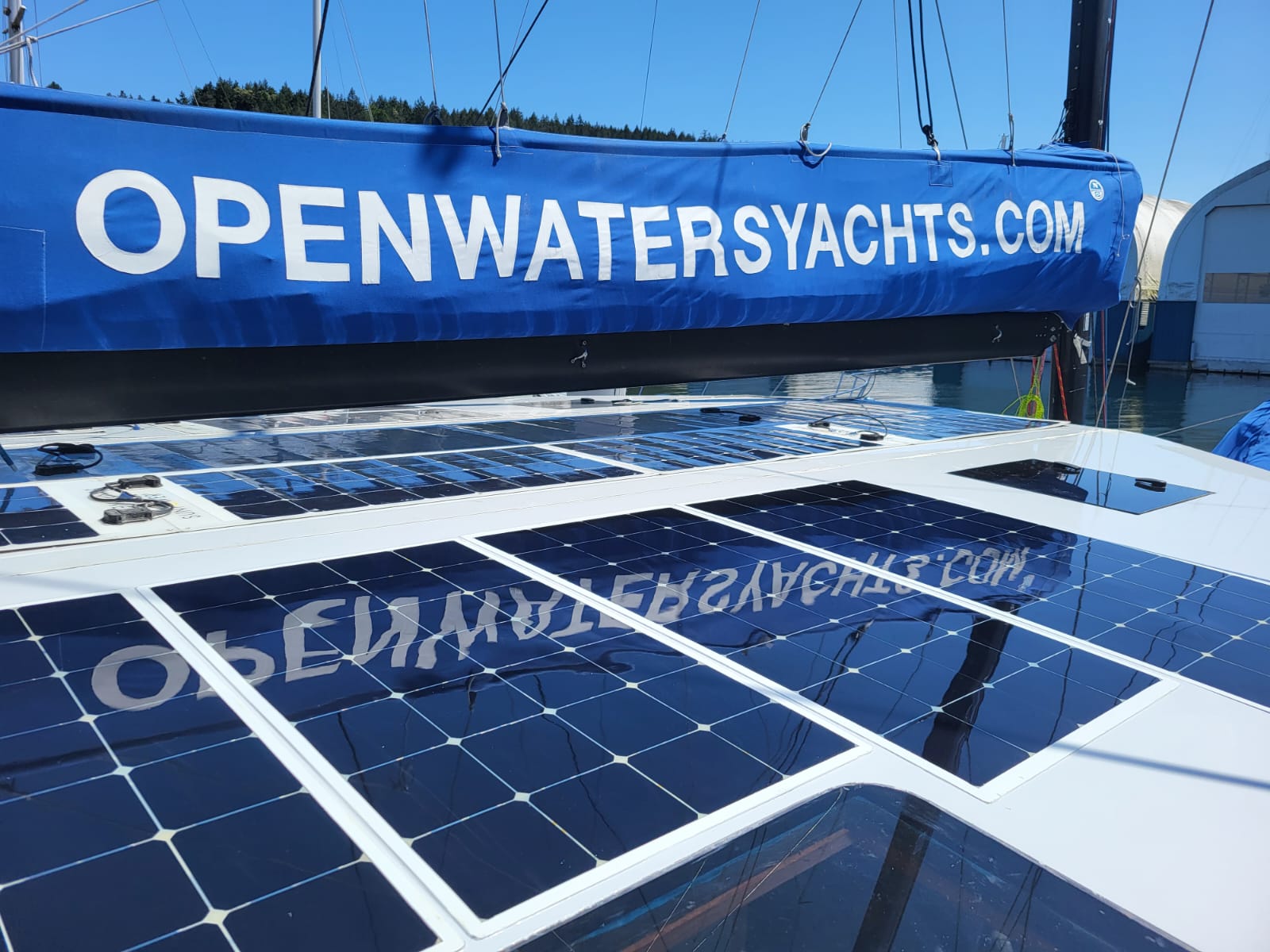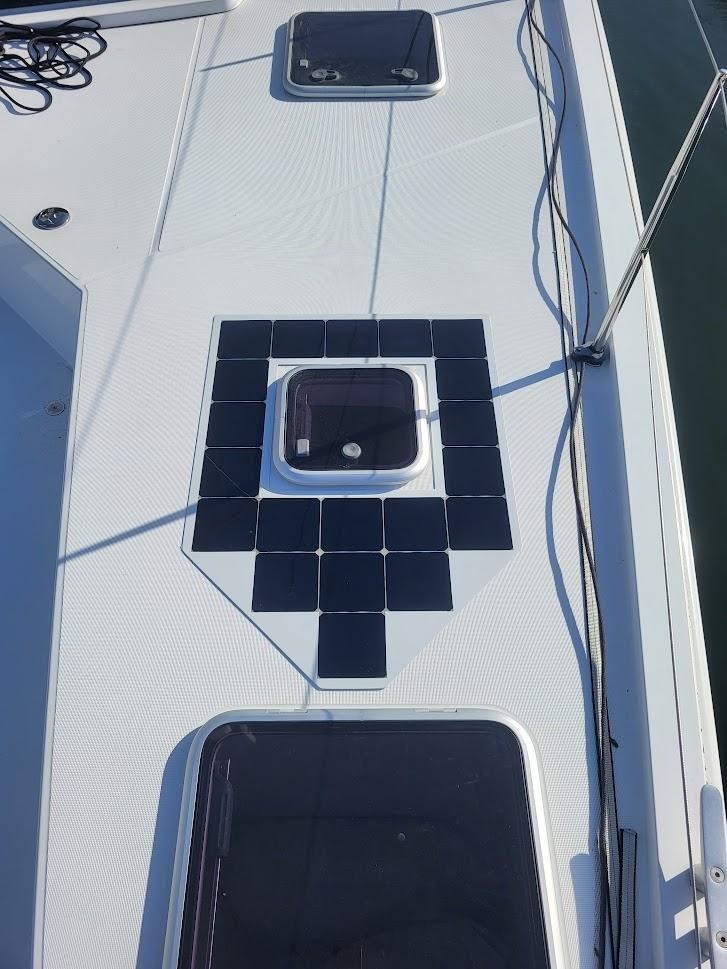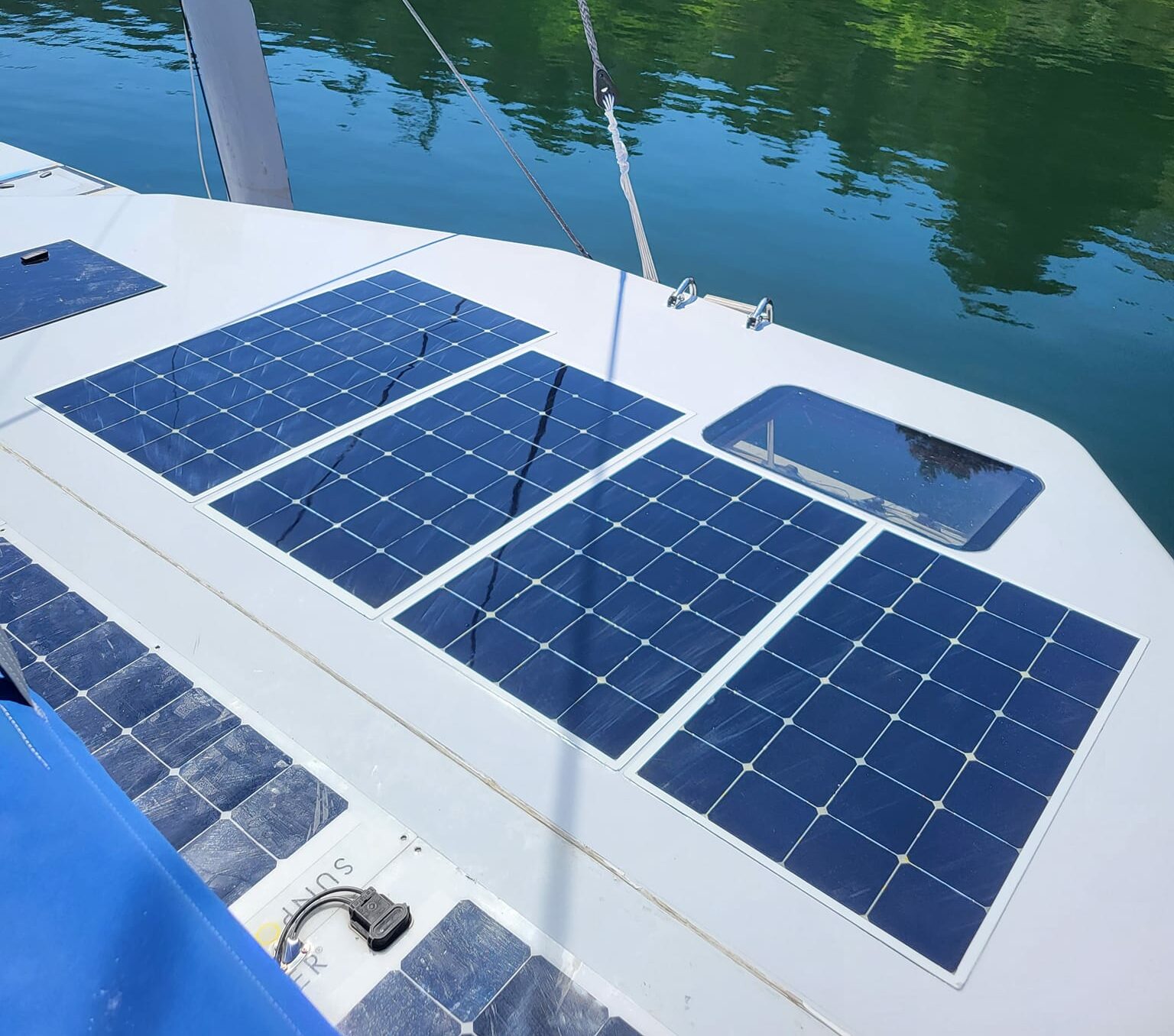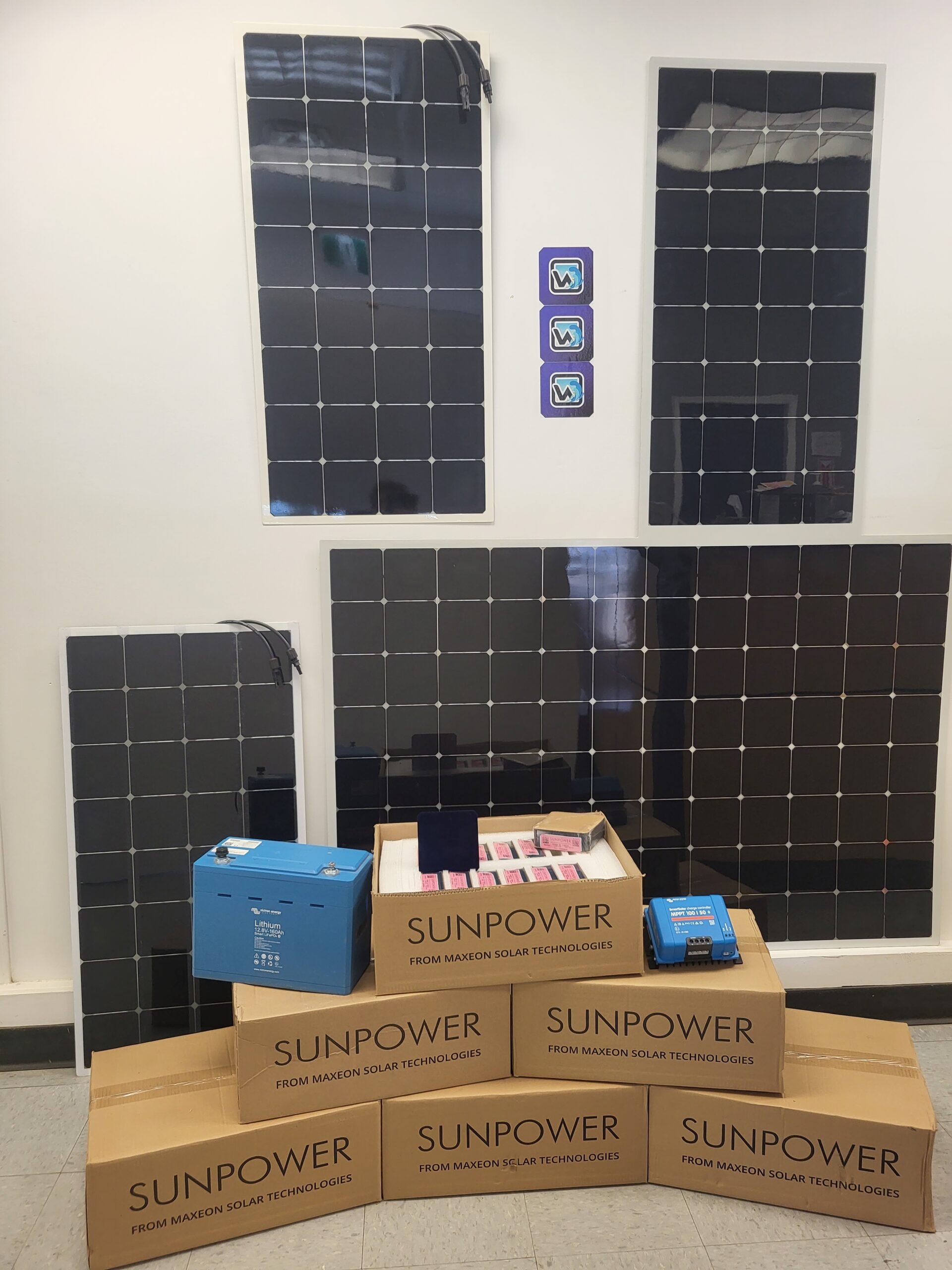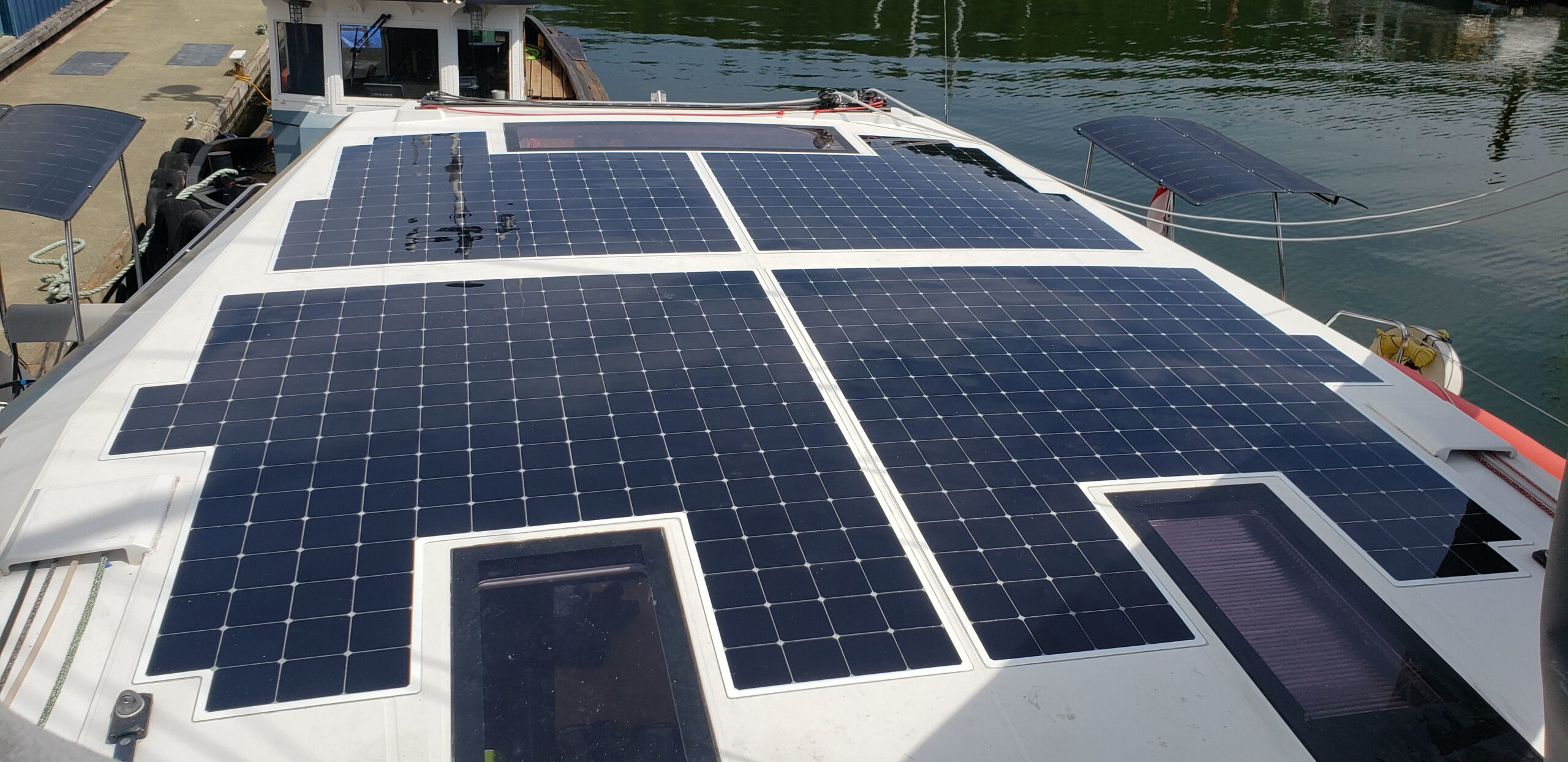
Custom shape composite marine solar panels
The Evolution of Solar
Open Waters Solar has launch the Next generation of marine grade Solar panels.
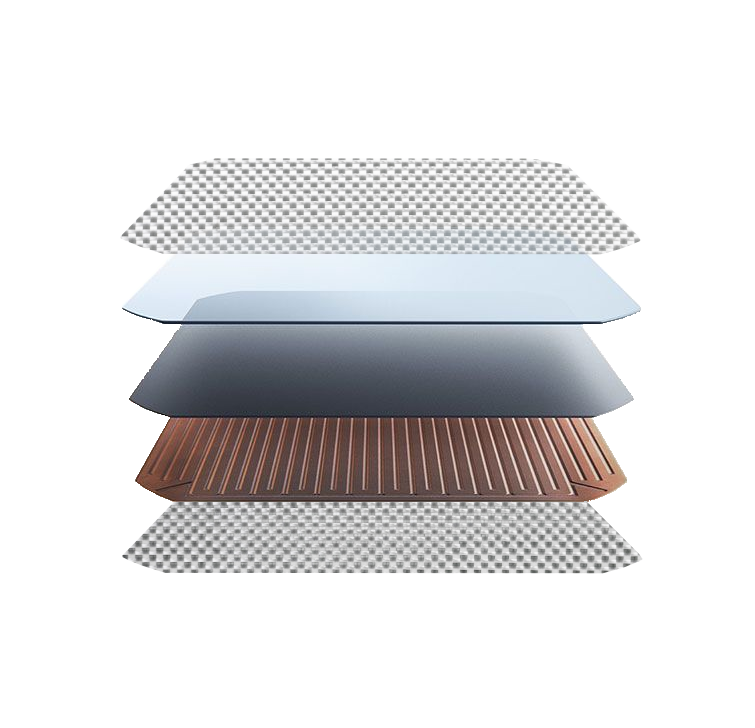
The Open Waters Solar advantage – ultra high efficiency solar cells embedded and encapsulated in a fiberglass/epoxy composite laminate protected by a UV resistant coating
Stronger
Our custom shape composite marine solar panels are engineered with robust materials and construction methods, ensuring unparalleled strength and resilience in demanding marine environments. With rigorous testing and superior design, our panels offer unwavering durability, allowing you to navigate rough waters with confidence.
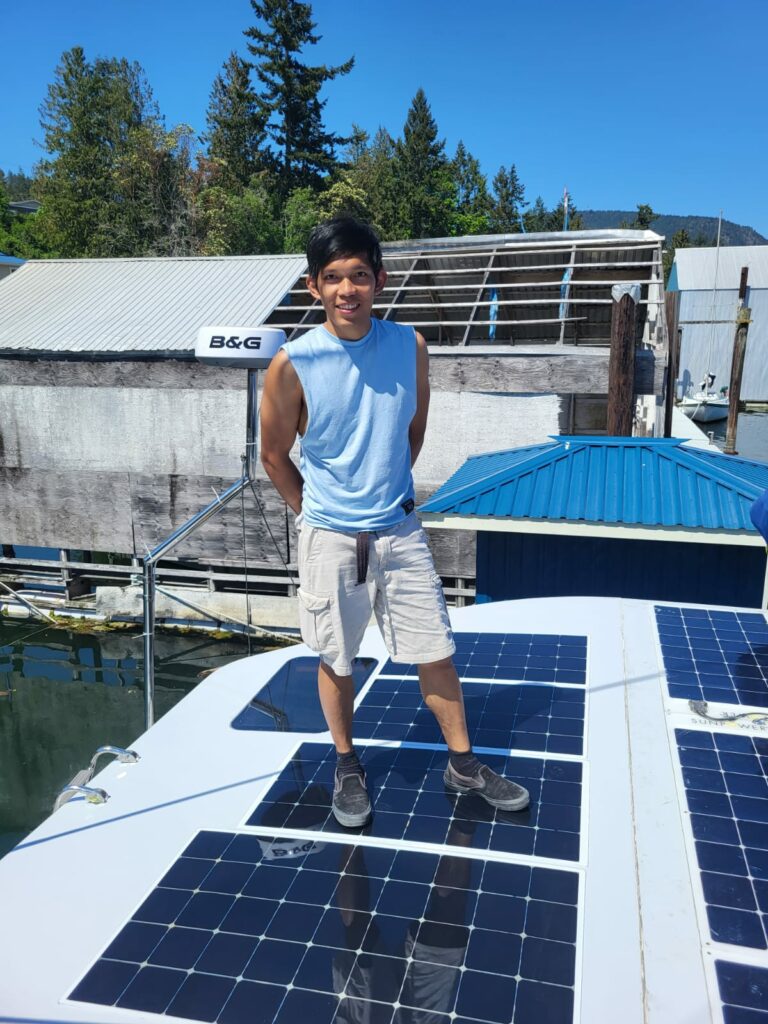
Lighter
Experience the benefits of lightweight solar technology with our marine solar panels. Our panels are designed with lightweight materials and optimized construction methods, resulting in a significantly reduced weight compared to traditional solar panels. Enjoy the advantages of a lighter solar solution without compromising on performance.
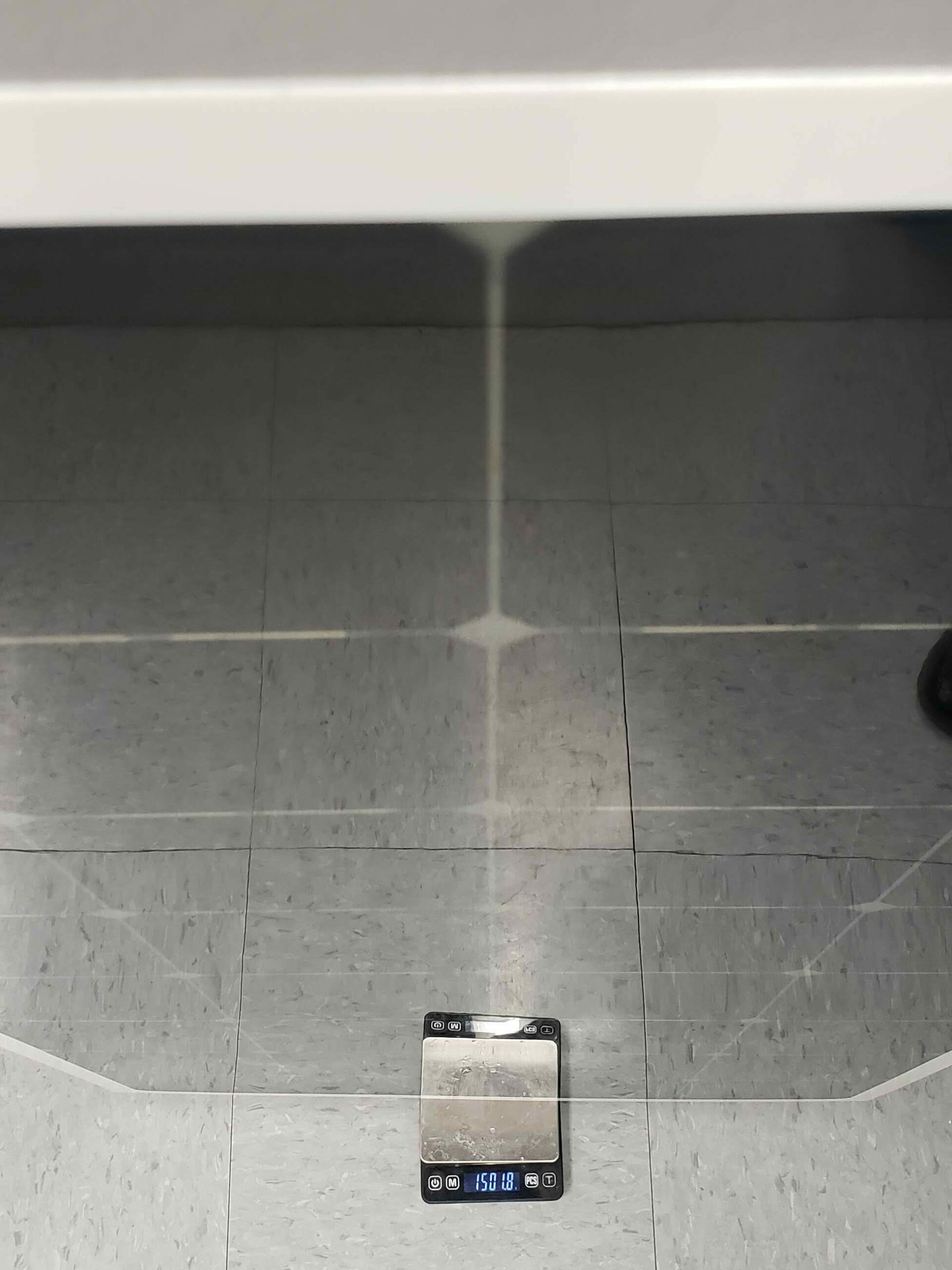
Thinner
Discover the elegance of our thin marine solar panels that seamlessly blend with your boat’s aesthetics. With their slim profile, our panels integrate discreetly into your vessel, preserving its sleek appearance. Embrace a sophisticated design and maintain a streamlined look, all while benefiting from efficient and effective solar power generation.
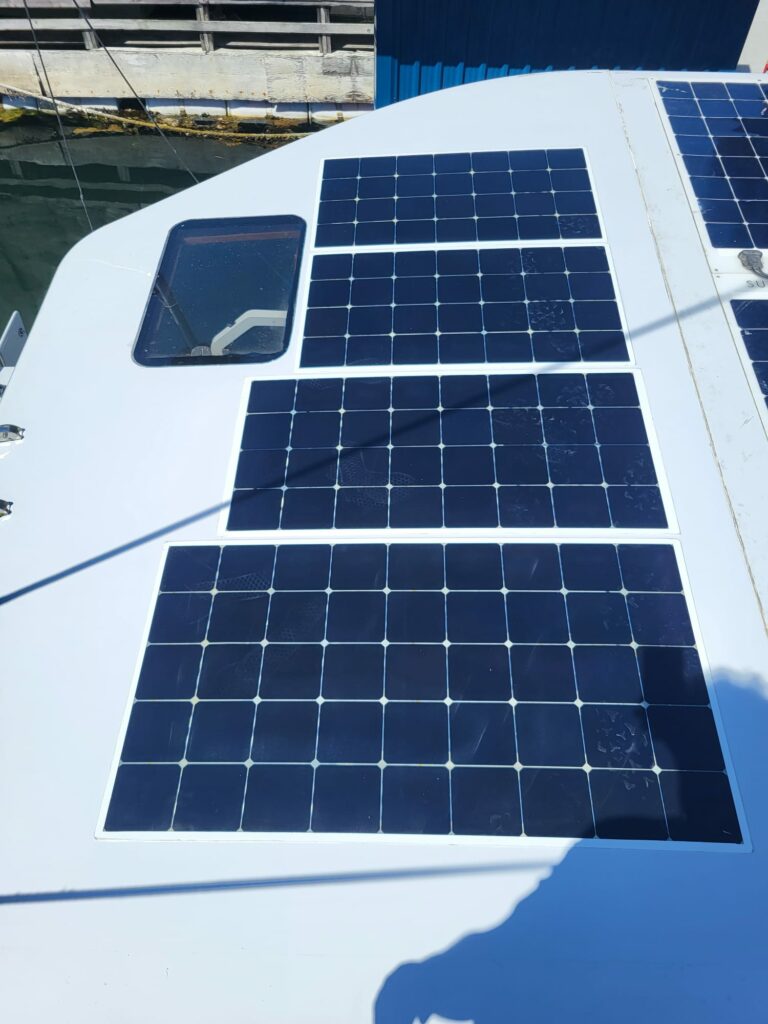
Benefits
- Walkable, danceable surfaces even in stilettos.
- Very low profile, less than 1.5mm, which does not detract from your boat style.
- Optional non-slip surfacing.
- Bottom mount junction boxes so no cables are visible on deck with no exposed deck holes.
- The cells are encapsulated into a composite, no power generation loss even when punctured.
- Manufactured in any shape based on a 5”x5” cell structure up to 10ft long and 7ft wide.
- Built in bypass diode junction box capable of 10 bypass diodes per panel.
How it works
Step 1: Contact us to request packs of 50 stick on cell templates
Step 2: Stick paper templates on a single curve surface (Difference between single and complex curves)
Step 3: Place a big black mark on the cell where the cable gland will be underneath.
Step 4: Choose either stick on or glue one
Step 5: Send photograph and info to custompanels@openwaterssolar.com
Step 6: We send you a quotation
Step 7: Payment
Step 8: 2 weeks later you receive your panels.
We have installers currently in Ontario and BC. Once per year in March we will be installing panels in St Martin.
Note:
- Open Waters Solar cells can only form over single simple curves. This means a surface curve in one direction only. We can not bend around complex curve which is curve in 2 or more directions. When you take photographs, please take multiple shots of the entire surface both with and without the templates.
- Open Waters will provide warranty on parts and materials which is limited to the value of the solar panels only. We do not warranty poor installation methods.
Solar System Design
Designing solar panels requires careful consideration of their specific application. Shade has a significant impact on solar panel performance, making the layout of cells, the number of bypass diodes, and their orientation crucial in areas with variable shade.
Solar cells are typically connected in series to efficiently transmit energy, with each cell providing 0.67 volts. However, when a shaded cell creates resistance in the series, it can activate the bypass diode, which is essential for panel safety. The high current passing through a high-resistance cell can generate excessive heat.
To illustrate this, consider the analogy of old-school Christmas lights. If one bulb goes out, the entire string of lights stops working due to the series connection. Similarly, solar cells still require a series connection because they lack the capability for parallel connections like LED Christmas lights, which operate on low current.
In summary, the design of solar panels must account for shade effects, series connections, and the importance of bypass diodes to ensure optimal performance and safety.
Standard Panels
Back Mounted Junction Boxes
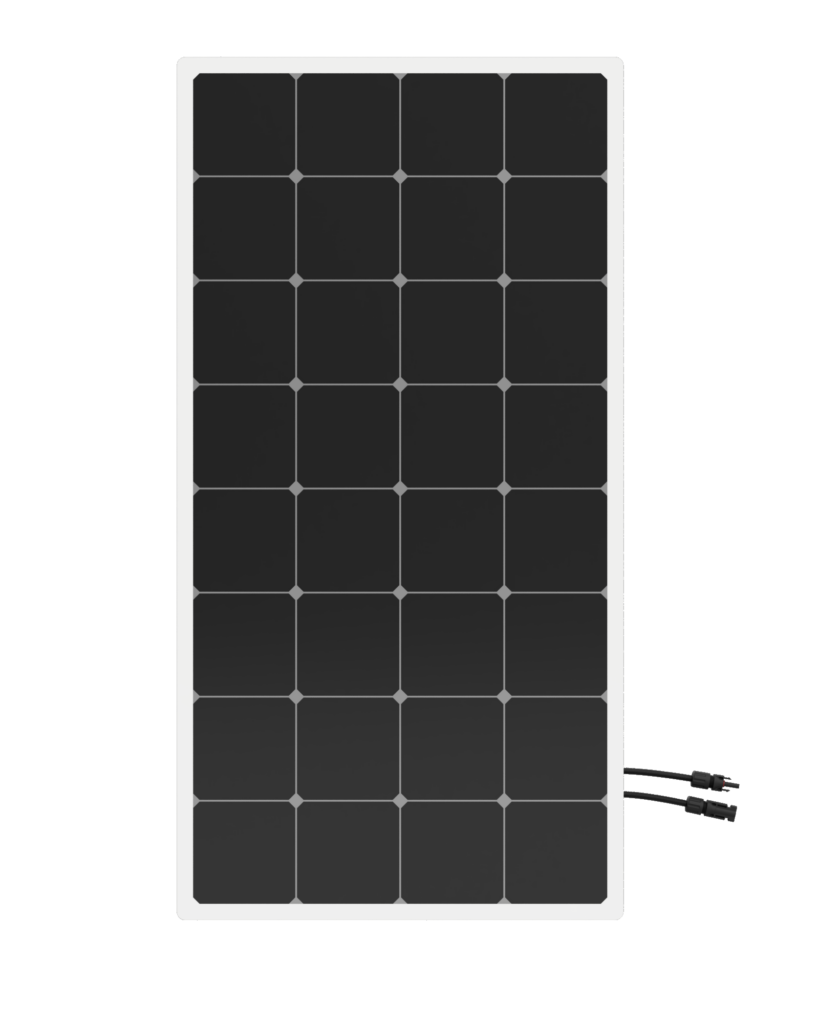
115W
- 41.5” x 21.5”
- 4×8 cells
- 32 cells
- 2 bypass diodes
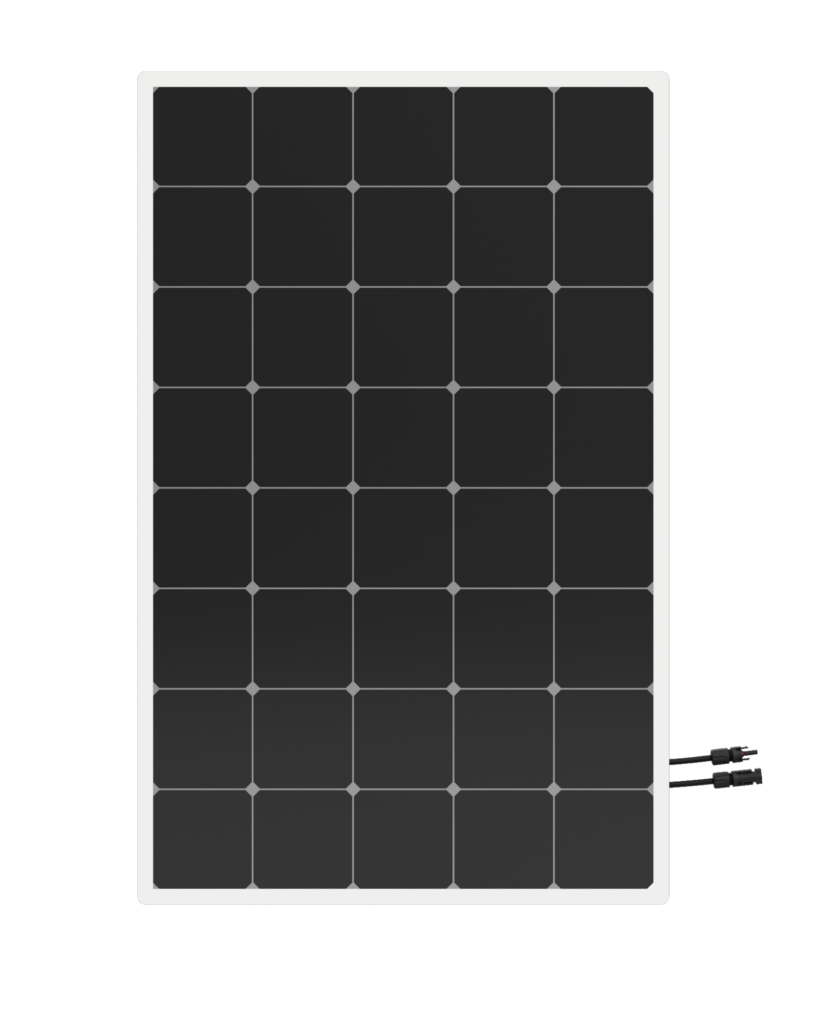
145W
- 41.5” x 26.5”
- 5×8 cells
- 40 cells
- 3 bypass diodes
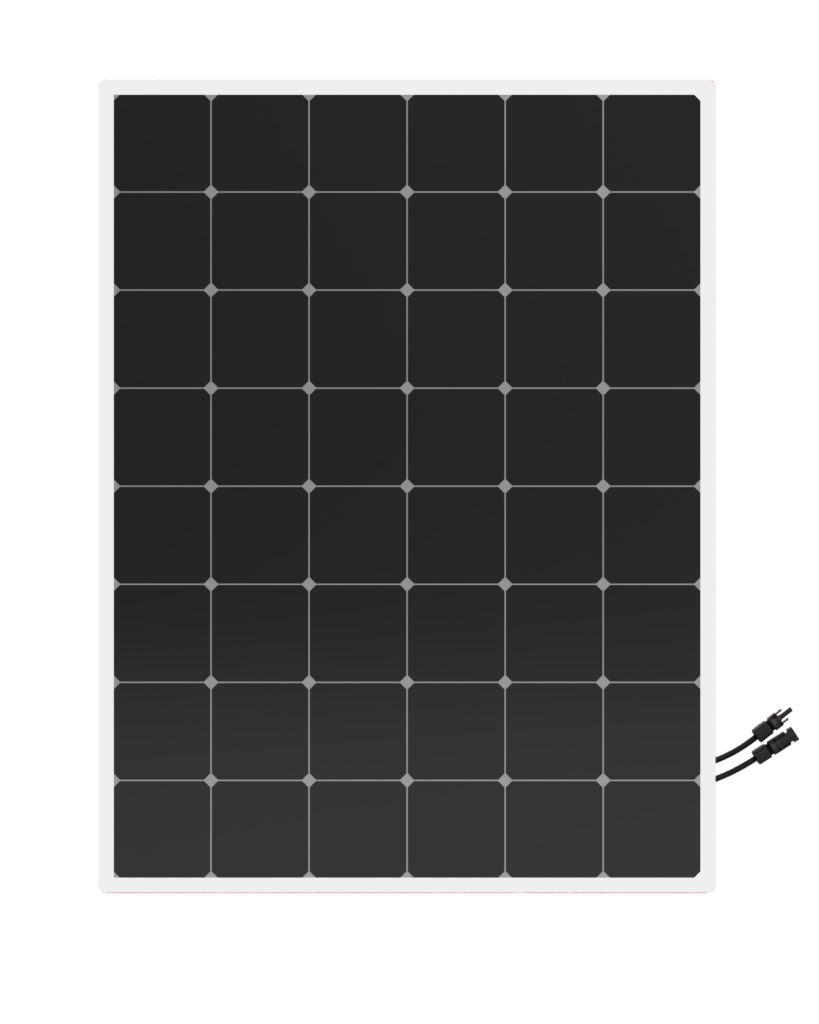
170W
- 41.5” x 31.5”
- 6×8 cells
- 48 cells
- 3 bypass diodes
Contact us for custom panel prices. Typical panels have bypass diodes every 15 to 20 cells. Increased number of bypass diodes increases the effectiveness of the panel but increases the cost.
Custom panels can be any shape given a 5” x 5” cell formation.
